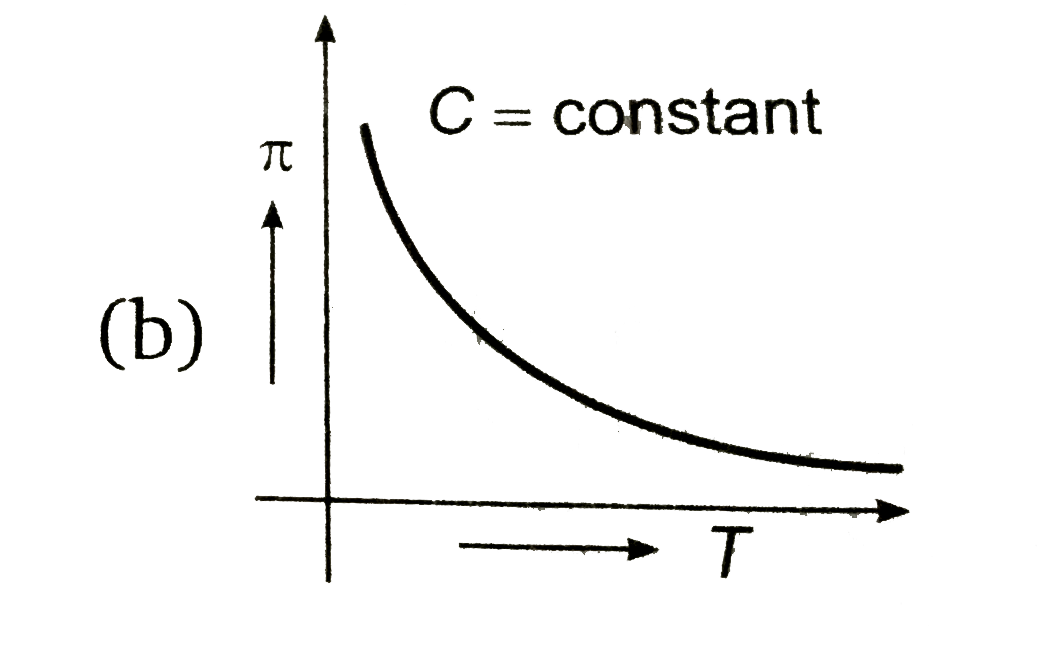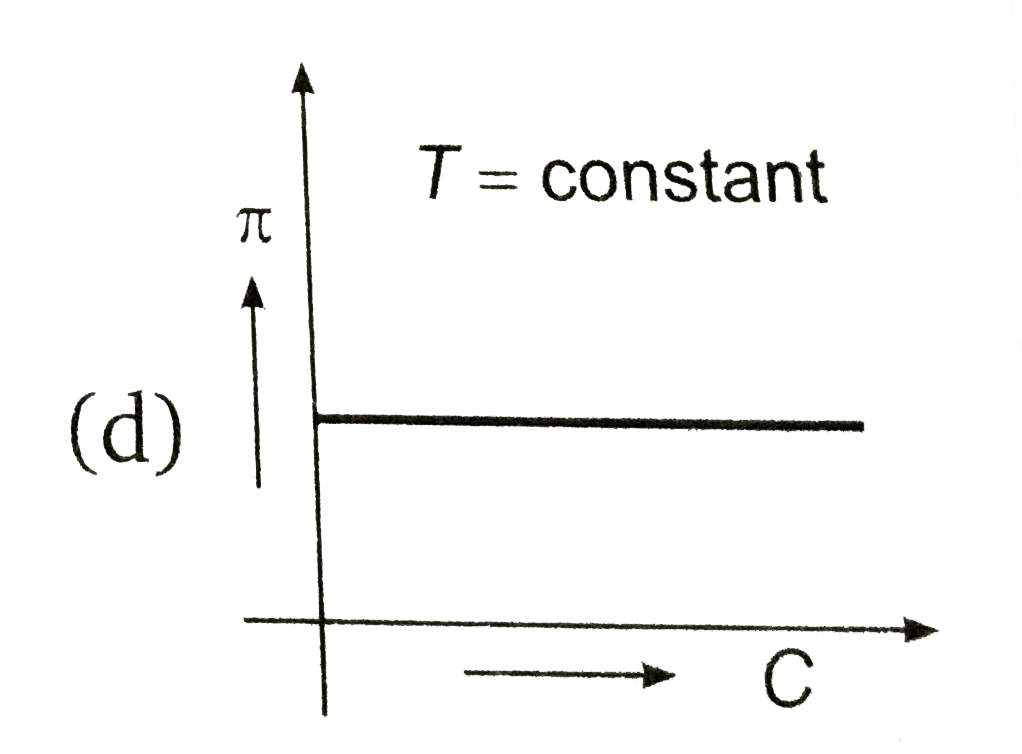Why osmotic pressure is considered as colligative property ?
Step-by-Step Solution:
1. Definition of Colligative Properties:
Colligative properties are properties of solutions that depend on the number of solute particles in a given amount of solvent, rather than the identity of the solute itself.
2. Understanding Osmotic Pressure:
Osmotic pressure is the pressure required to stop the flow of solvent into a solution through a semipermeable membrane. It is a measure of the tendency of a solvent to move into a solution.
3. Relation of Osmotic Pressure to Solute Particles:
The osmotic pressure (π) is directly related to the concentration of solute particles in the solution. This relationship can be expressed mathematically as:
π∝Ck
where Ck is the concentration of solute particles.
4. Mathematical Expression of Osmotic Pressure:
To express this relationship without the proportionality sign, we can use the formula:
π=CRT
where:
- C is the molarity (concentration) of the solution,
- R is the universal gas constant,
- T is the absolute temperature in Kelvin.
5. Molarity and Solute Particles:
Molarity (C) is defined as the number of moles of solute divided by the volume of the solution in liters:
C=Number of moles of soluteVolume of solution in liters
This shows that the osmotic pressure is dependent on the number of solute particles present in the solution.
6. Conclusion:
Since osmotic pressure depends solely on the number of solute particles (and not their identity), it is classified as a colligative property.
---
Colligative properties are properties of solutions that depend on the number of solute particles in a given amount of solvent, rather than the identity of the solute itself.
Osmotic pressure is the pressure required to stop the flow of solvent into a solution through a semipermeable membrane. It is a measure of the tendency of a solvent to move into a solution.
The osmotic pressure (π) is directly related to the concentration of solute particles in the solution. This relationship can be expressed mathematically as:
π∝Ck
where Ck is the concentration of solute particles.
To express this relationship without the proportionality sign, we can use the formula:
π=CRT
where:
- C is the molarity (concentration) of the solution,
- R is the universal gas constant,
- T is the absolute temperature in Kelvin.
Molarity (C) is defined as the number of moles of solute divided by the volume of the solution in liters:
C=Number of moles of soluteVolume of solution in liters
This shows that the osmotic pressure is dependent on the number of solute particles present in the solution.
Since osmotic pressure depends solely on the number of solute particles (and not their identity), it is classified as a colligative property.
Topper's Solved these Questions
- BOOK - CBSE COMPLEMENTARY MATERIALCHAPTER - SOLUTIONSEXERCISE - SHORT ANSWER TYPE QUESTIONS17videos
SOLUTIONS
- BOOK - CBSE COMPLEMENTARY MATERIALCHAPTER - SOLUTIONSEXERCISE - SHORT ANSWER-II TYPE QUESTIONS12videos
SOLUTIONS
- BOOK - CBSE COMPLEMENTARY MATERIALCHAPTER - SOLUTIONSEXERCISE - FILL IN THE BLANKS TYPE :3videos
SOLUTIONS
- BOOK - CBSE COMPLEMENTARY MATERIALCHAPTER - PRACTICE PAPER 4EXERCISE - SECTION : C39videos
PRACTICE PAPER 4
- BOOK - CBSE COMPLEMENTARY MATERIALCHAPTER - SOLVED SAMPLE PAPER (CBSE DELHI - 2017)EXERCISE - CBSE DELHI - 201770videos
SOLVED SAMPLE PAPER (CBSE DELHI - 2017)
Similar Questions
Knowledge Check
- Question 1 - Select One
van't Hoff proved that osmotic pressure (π) is a colligative property. For an ideal solution, osmotic pressure(π) is helpful to determine that molecular mass of solute using MB=WBRTπ.V Relation can exxpressed by the curve (C = concentration) :
A B
B C
C D
D
- Question 2 - Select One
Which one is a colligative property
ACohesion forceBOsmotic pressureCVapour pressureDBoth B and C.

